Not one of my clients would ever pass up on suboccipital work for a tension headache. But as good as suboccipital work can be for relieving headache symptoms, there’s evidence to suggest that jaw muscles could also be contributing to tension headaches. And one in particular—the masseter—is easy to overlook.
Why Jaw Muscles?
Jaw muscles may be involved in tension headaches via trigger points. In general, a trigger point can be looked at as a tender, soft or tight area within a muscle that can produce pain elsewhere.
Why would jaw muscles have trigger points? Science writer, Paul Ingraham speculates that dysfunction could be one reason.
Partial Antagonist
The suboccipitals along with other neck muscles help balance the head on the spine. Interestingly, the jaw muscles act as partial antagonists to the suboccipitals.
Really? But they’re not connected to the spine so how can they act against the suboccipitals to balance the head?
According to Ingraham, it doesn’t matter if they are connected: “…muscle studies have shown that the jaw muscles behave much like they would in a more normal push-pull relationship with the suboccipitals. They function together and dysfunction together.” (Quote taken from PainScience.Com)
Dysfunction stresses muscles, and it’s reasonable to assume that trigger points could develop as a result of the added stress to the muscles.
It’s also worth noting that the masseter is a muscle used for grinding and chewing. The combination of dysfunction and muscle overuse could ramp up muscle tension even more.
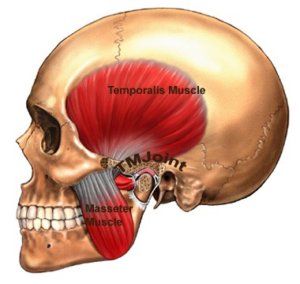
Spread the Rub
Even knowing this (thank you Paul Ingraham), I sometimes still forget to work the masseter—mainly because it’s not right next to the headache area.
Meanwhile, muscles that are close to or are part of the area where the headache is occurring, like the temporalis, get lots of my rubbing. That’s why I have to constantly remind myself to spread the rub. Sorry.
My Approach
I don’t believe there’s one pain-relief massage formula for tension headaches. Here’s one that works for me:
Step 1: Go to the headache pain.
I always go to the headache pain area first for two reasons. One, I want the client to know that I’ve heard her by addressing her actual headache area. When I do this, I’m building therapeutic rapport.
Two, if I can desensitize (reduce the pain in) the headache area, my client will start to reap the benefits of a calmer central nervous system.
By the way, to understand if I’m effectively reducing a client’s pain, I use a pain scale. Here’s the video for the pain scale approach: Pain Relief Massage: How to Find the Right Pressure Video.
Step 2: Work any area the client associates with the headache.
If the person has pain somewhere else (neck or jaw) before or at the same time the headache actually occurred, I work that area using the pain scale system.
By doing so, I further connect with my client because I again show her that I’m listening to her. Secondly, I can start to desensitize a secondary pain area and continue to evoke a parasympathetic response.
Step 3: Get that masseter before you forget!
Finally, I cover the other neck and jaw muscles that weren’t covered in steps 1 and 2–like the masseter!
Here are my “at the bare minimum have to get muscles” on my tension headache hit list:
Temporalis
Masseter
Suboccipitals
Jamaar’s Headache
Here’s what it looks like in action. Jamaar came into my office complaining of headache in the front and sides of his head. As we continued to talk, he grabbed the base of his skull and said that he thought it started there.
When I got him on the table, the first thing I did was to reduce the pain in his temporalis and frontalis muscles (the headache pain). Next, I reduced the pain in his suboccipitals (the area he grabbed and associated with his headache pain).
Lastly, I worked the remaining muscles that could be contributing to his headache pain, like the masseter.
Once all the work was done, I finished up with a scalp massage. Hmm…that sounds pretty good. Sign me up!
Quick Glance
Tension headaches are in our pain-reduction wheelhouse. I’ve found these keys to be helpful when treating clients with tension headaches:
- Communicate with the client to gauge if you’re helping her. I use a pain scale system: Pain Relief Massage: How to Find the Right Pressure Video.
- Go to the headache pain.
- Work any pain area the client associates with the headache.
- If you haven’t already gotten them, go for the temporalis, masseter, and suboccipitals.
Join My Email Group
Want to get my latest info about pain-relief massage, how to make more money and how to grow a massage business while staying pain-free in the massage room?
Sign up for my email group below. It’s free:-)
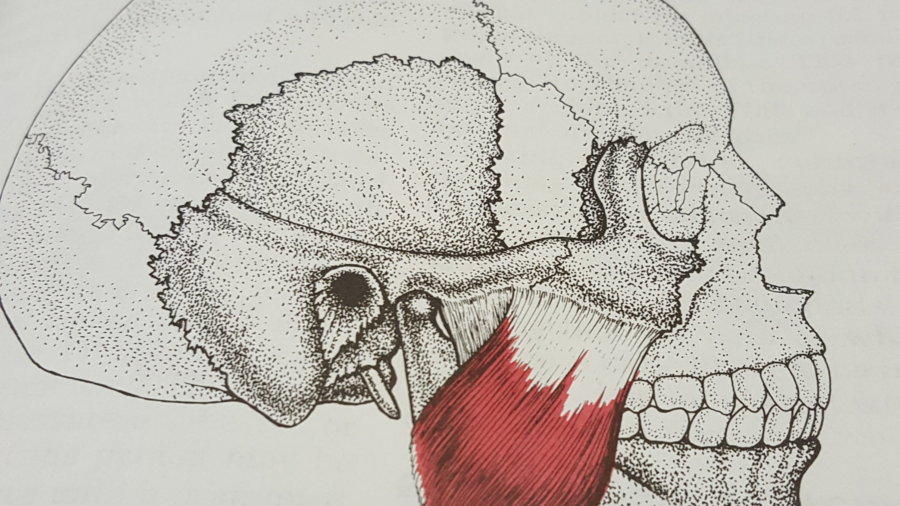


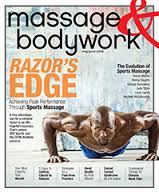
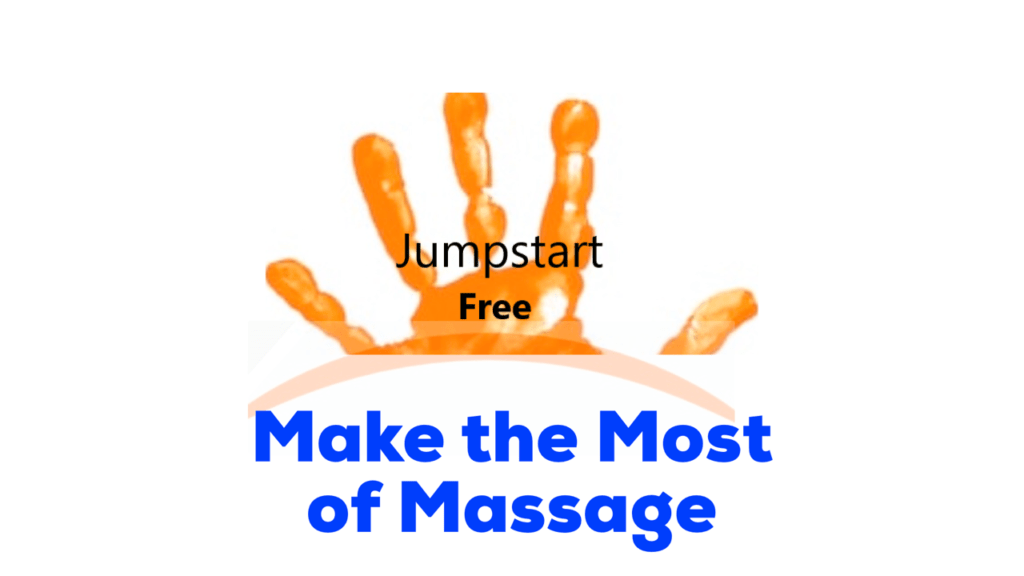
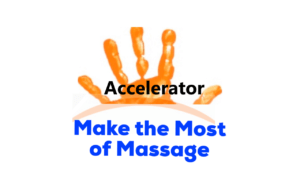
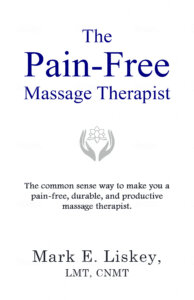
Comments on this entry are closed.
Thanks for the great info! I love working the masseter-so powerful! Clients with headaches, TMJ symptoms, head forward posture and teeth grinding/apnea sleeping issues all benefit from masseter work. Thanks for sharing this!
Thanks for the comment, Mary. A lot of tense masseters out there. We have our work cut out for us!